The Royal Mummies is a carefully written book which examines a delicate topic in non-graphic, non-threatening ways for young readers who are acquainted with the earthly cycle of living and dying.
Tissue begins to break down with the death of human beings. Decomposition benefits from the role of bacteria and fungi. But the work of decomposers can be obstructed by interventions from nature or people. Natural intervention includes desiccation in super-dry climates or freezing in super-cold weather. Human intervention refers to the work of embalmers.
The human factor dominates The Royal Mummies, written by Eric Kudalis and published by Capstone High-Interest Books in 2003. Eric Kudalis (born 1960) also has written Ice Mummies (2003) for Capstone. Capstone’s Mummies series additionally includes Animal Mummies (2003) and Bog Mummies by Charlotte Wilcox (2003).
The Royal Mummies acquaints young readers with facts and superstitions regarding ancient Egyptian royal mummies. For example, the book includes a chapter on ancient embalming methods. The procedure must have been deemed successful anciently since ancient Egyptians may have mummified 70+ million individuals over a 3,000-year span.
The book begins with a rich discovery in 1871 by locals in Deir el-Bahari on the Nile River’s west bank. Ahmed el Rassul climbed down a hill in search of a missing goat. He instead found a tomb door. He and brother Hussein sold so many tomb artifacts that they were ostentatiously wealthy by 1880. The police were able to get the youngest brother, Mohammed, to reveal the tomb’s location.
The tomb became public knowledge on July 6, 1881. It was found to be the final resting place of Pinudjem II (died 969 B.C.). Forty-some mummies were identified, and their number included earlier rulers such as Rameses II (1279-1212 B.C.) having been relocated because of older tombs being looted by raiders.
Scientists apply modern technology to understanding ancient peoples. Specifically, the cause of death, the state of health, and the type of diet can be determined through CT scans, endoscopes, and X-rays. Radiocarbon contributes to dating tomb artifacts. DNA sampling maps the mummy’s closest descendants and relatives.
The Royal Mummies ends with a glossary and an index. It also lists additional resources and relevant sites to surf on the internet or visit in the world. Its delicate treatment of the cultural, historical and scientific information gleaned from exhibiting and studying ancient royal Egyptian mummies makes the book a compelling read for young readers with a prior understanding of the human cycle of life and death.


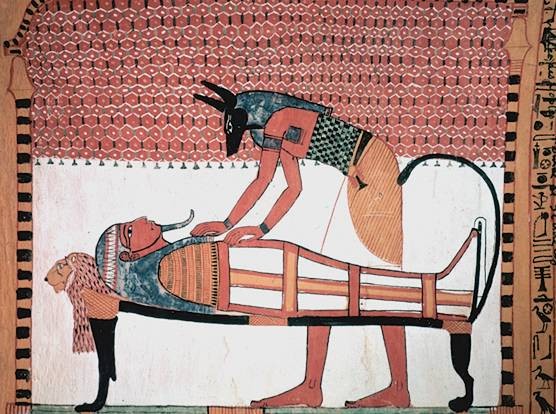
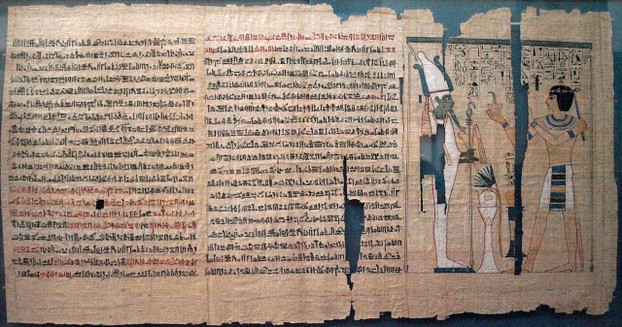
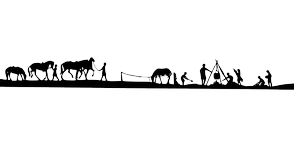

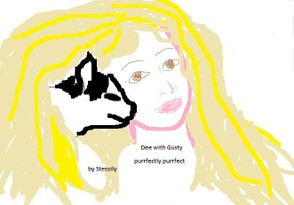
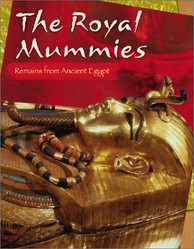

 Are Hawaiian Huakai Po Nightmarchers Avenging Halloween Thursday?on 10/02/2024
Are Hawaiian Huakai Po Nightmarchers Avenging Halloween Thursday?on 10/02/2024
 Mailing Addresses for 2023 Form 4868 Extending 1040 and 1040SR April 15, 2024, Due Dateon 04/15/2024
Mailing Addresses for 2023 Form 4868 Extending 1040 and 1040SR April 15, 2024, Due Dateon 04/15/2024
 Mailing Addresses for 2023 Forms 1040 and 1040SR Filed in 2024on 04/15/2024
Mailing Addresses for 2023 Forms 1040 and 1040SR Filed in 2024on 04/15/2024
 Mailing Addresses for 2022 Form 4868 Extending 1040 and 1040SR April 18, 2023, Due Dateon 04/13/2023
Mailing Addresses for 2022 Form 4868 Extending 1040 and 1040SR April 18, 2023, Due Dateon 04/13/2023

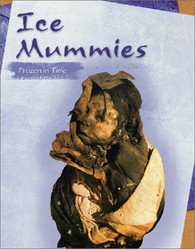
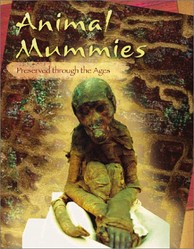
Comments